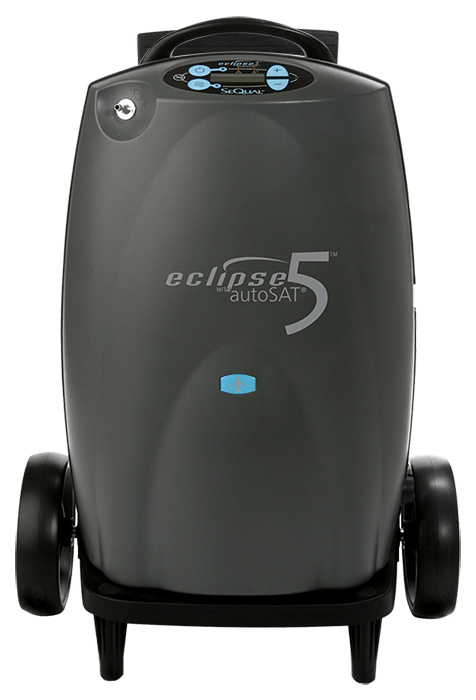
Hearing aids have many benefits for people with hearing loss. Today’s hearing aids come with many tech accessories that help people get even more out of them. From TV streamers to remotes to special hearing aid apps, we’re showcasing some of the best hearing aid technology accessories to help you maximize the use of your device.
All the major hearing aid manufacturers offer accessories that can help you navigate the most challenging situations. Note, however, that many accessories generally work only with a specific brand of hearing aid, and not all hearing aids are compatible with every kind of tech accessory. Talk with your audiologist to see if a certain brand of hearing aid works with the accessories you want most.
Here are the accessories pages for some major manufacturers so you can explore your options:
TV streamer
TV streamers are small boxes that connect to your television, stereo, or computer with an audio cable. They then stream sound directly to your hearing aids with Bluetooth technology, essentially turning your hearing aids into wireless headphones. This direct sound transmission will provide clearer sound not affected by environmental sounds. You also won’t bother other members of your household by having to turn the TV’s volume up. Another benefit is that if you have multiple hearing aid users of the same brand listening to your television, they can all connect at the same time. Check out the Phonak TV Connector for an example of this technology.
Remote microphones
People with hearing loss often have more difficulty hearing in noisy environments, even with the amplification supplied by their hearing aids. Hearing aids have directional microphones built into them that use sophisticated software to pick out the sounds that you want to hear and filter out background noise. However, you may still have difficulty in very noisy situations. A remote microphone is a small clip-on wireless device that you can ask your conversation partner to wear. It clips to the speaker’s shirt and transmits their voice directly to your hearing aids, dramatically improving your ability to hear. Remote microphones are offered by many major brands such as Phonak, Oticon, Starkey, and ReSound.
Many remote microphones offered by hearing aid manufacturers have audio input jacks that allow them to become transmitters for sound from a phone, TV, computer, or music player with an audio cable.
Table microphones
Some manufacturers, such as Phonak, offer table microphones. These look like small, flat devices about the size of a deck of cards. They make it easier to hear group conversations in noisy places like restaurants. You simply place the microphone on the table. Some models let you select the direction of the conversation that you want to hear in situations where multiple conversations are happening at once.
Some clip-on remote microphones, like the ReSound Multi Mic, automatically turn into table microphones when placed horizontally on a table. This feature can be helpful to people who want the functionality of both types of microphones without having to purchase separate devices.
Remote controls
Some hearing aid users with dexterity problems have difficulty operating the tiny volume control and program buttons on their devices. A hearing aid remote control, like these options from Oticon, is a separate device that allows you to more easily control your hearing aids. How the remote control looks and functions depends on the hearing aid manufacturer, but it typically looks like a small TV remote with a few buttons for increasing and decreasing volume. Some remotes, like this one from ReSound, have small screens that allow you to see your hearing aids’ settings.
Hearing aid remote control apps
Remote control apps allow you to control your hearing aids’ volume and settings from your smartphone, eliminating the need for a separate device. These apps give you more fine control than what is possible with your hearing aid volume and program buttons. Some apps allow you to adjust the treble and bass or fine-tune how much your hearing aids focus on one spot in background noise. These apps may also offer remote support from your audiologist, who can adjust your hearing aids remotely and send you software updates through the app. Using an app simply requires downloading it to your cell phone and pairing it to your hearing aids.
Many of today’s hearing aid brands offer remote control apps. Talk with your audiologist about whether your hearing aids have an app. They can also ensure that you download the app that is compatible with your specific model of hearing aid and help you connect it to your device.
Bluetooth phone adapters
Most hearing aids easily pair with your cell phone for direct streaming of phone calls. However, if you want to use a landline phone, some manufacturers offer adapters that enable your landline phone to send audio directly to your hearing aids via Bluetooth. This device will make it easier for you to listen to the phone without turning up the phone headset volume, also allowing you to enjoy more privacy by keeping sound from spilling out from the headset.
Tinnitus apps
Some manufacturers, such as ReSound and Starkey, offer cell phone apps that provide counseling and information on tinnitus, relaxation exercises, meditation, and sound therapy programs designed to relieve some symptoms of tinnitus. Some apps allow users to choose from a variety of relaxing sounds or create customized soundscapes to help with symptoms.
Telecoil neckloops
Certain public spaces that use amplified sound, like churches and theaters, offer hearing assistive technology to help people with hearing loss to receive the amplified sound directly into their ears via headphones or the individual’s hearing aids. Your hearing aids will need to have a telecoil (a wire coil built into some hearing aids that allows them to turn into wireless receivers) to use this technology.
If your hearing aids have a telecoil, you may want to purchase a neckloop that will allow you to more easily connect to these hearing assistance systems. Typically, an usher will give you a hearing assistance system receiver that comes with headphones. You unplug the headphones, plug in the neckloop, and place it around your neck. It creates a magnetic field around your head that transmits the sound directly from the receiver into your hearing aids.
Williams Sound is a popular manufacturer of hearing assistance systems found in public spaces. Their neckloops are a good choice.
Technology hearing aid accessories: Final thoughts
Tech hearing aid accessories provide significant benefits and enhance the overall experience for users by offering solutions to various challenges. From directly streaming TV audio to using remote microphones for better hearing in noisy environments, these accessories help users maximize their hearing aids’ potential. It’s important to consult with your audiologist to find compatible accessories for your specific needs and hearing aid model. With the right technology, hearing aids can become even more effective, improving communication and overall quality of life.








